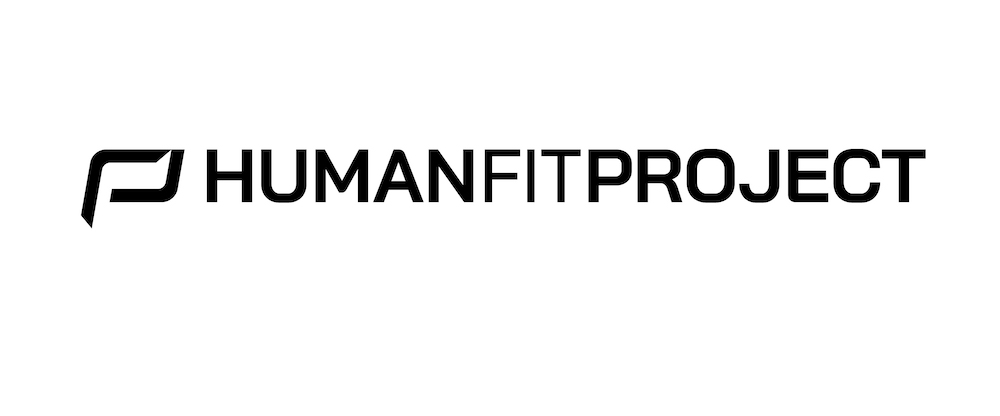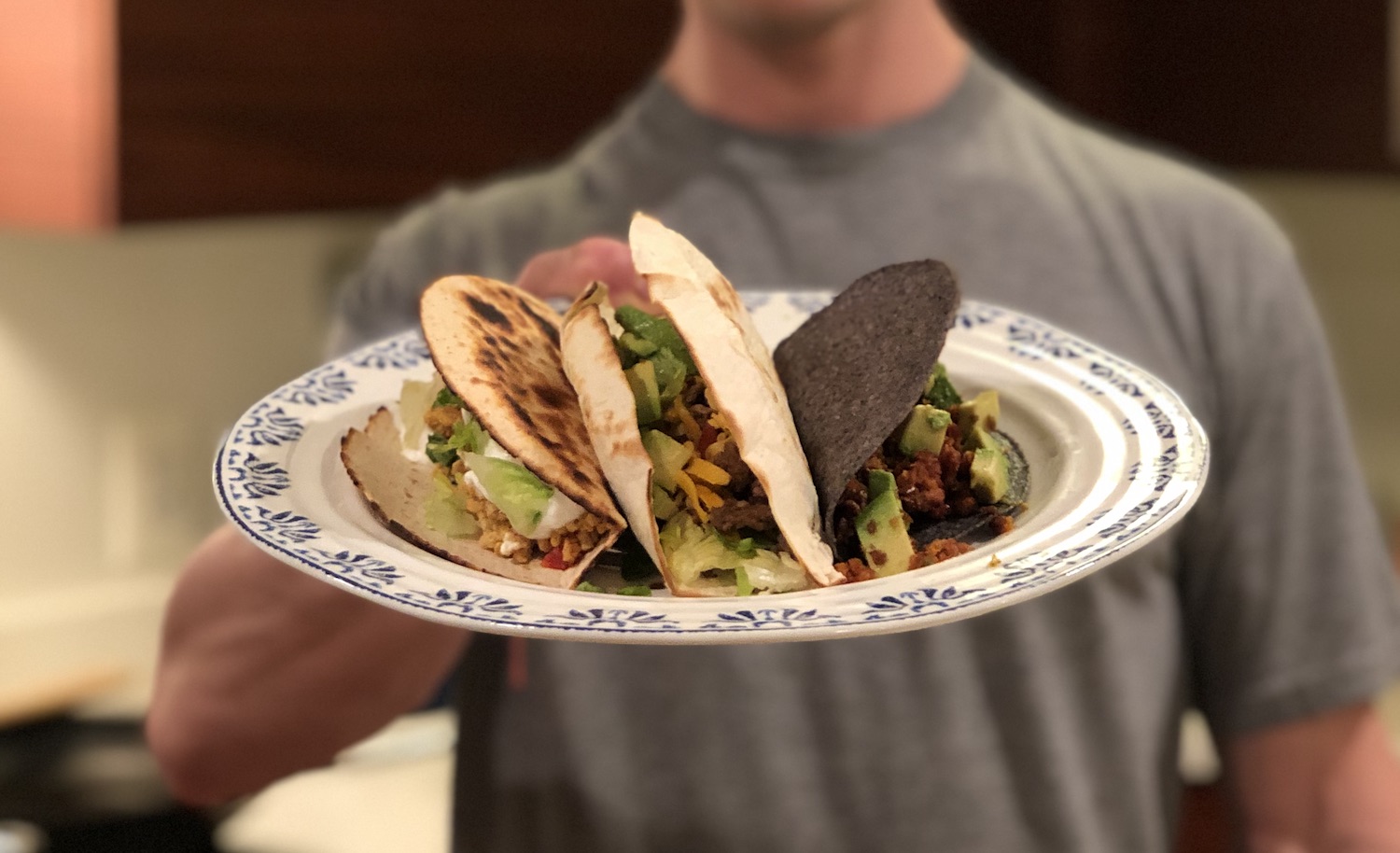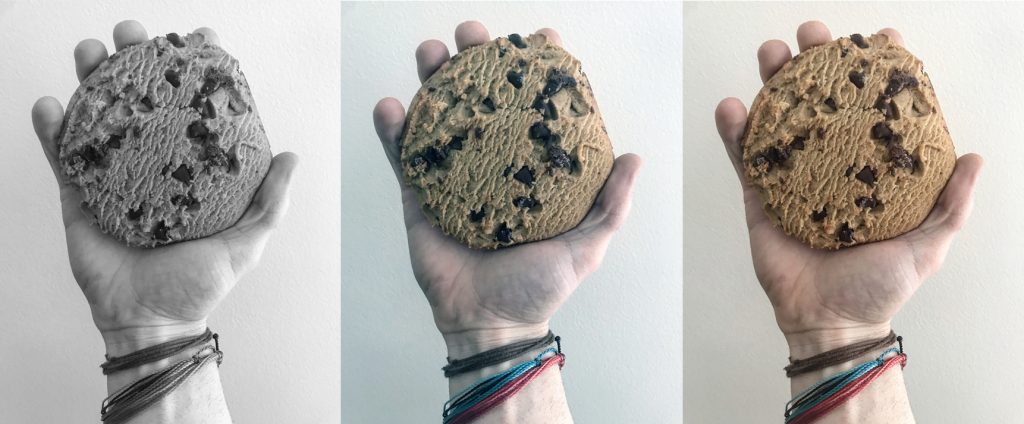When we make the decision to change our nutrition to become healthier, it’s very common to experience cravings for those very things you’re working so hard to reduce or completely cut out. To make the matters even more difficult, food marketers are great at using psychological studies and research to better position their products to consumers, with no regard to consumer health. That said, one of the most talked about, researched and studied craving-creators is sugar.
Sugar has been shown to be one of the hardest things to cut from a diet. It’s also one thing that has been proven to be over-consumed in record levels. Studies show that sugar affects the reward-related areas within the brain such as the hippocampus and the Ventral Tegmental Area (VTA) in a similar manner to addictive drugs by interaction with the dopamine pathway(2). This dopamine pathway is the pathway of satisfaction and pleasure. As we begin to find more added sugars in foods, whether we know it or not, we are being affected. And when we attempt to reduce our sugar intake, we have a tendency to dive back into binging and go through a similar withdrawal process as those who have been addicted to drugs. If self-control is not superior, those who are attempting to reduce sugar intake can quickly find themselves having strong cravings. The good thing is that if you can remain strong through these cravings and sugar reduction, they will eventually begin to fade. But how do you create a plan to deal with these cravings?
CRAVING AWARENESS
The first thing to keep in mind when creating a plan to reduce your sugar intake is to be aware that these cravings will undoubtly arise. By doing this, you will be more prepared when the cravings occur. Everyone’s body has a different reaction when trying to cut out all sugar immediately and has a high tendency to fail. One option to consider when cutting sugar is a 50 percent rule in which every 1 – 3 days you should attempt to cut your sugar intake in half. When you slowly cut your sugar intake down instead of all at once, it gives your body a chance to more easily adapt, but it will not eliminate your cravings.
CRAVING DISTRACTIONS
When the cravings arrive, you should already have a plan set on how to deal with them. This plan can include anything from drinking a glass of water, getting up and walking around or exercising – anything that will take your mind off the craving until it subsides. Depending on how long and how much sugar you have been consuming on a regular basis, the time it takes for these cravings to lessen will vary. You can typically expect 10 – 21 days after your initial sugar detox, but there will still be cravings from time to time.
CRAVING TRANSITIONS
Early on, you still want to focus on controlling your cravings by filling that void with other, healthier alternatives such as healthy proteins and clean carbohydrates(1). As the time increases from the initial detox, you can moderately increase your sugar intake from time to time – but attempt to focus on natural sugars rather than added sugars.
PATIENCE AND COMMITMENT
Making the choice to reduce your sugar intake can take a lot of energy and be overwhelming, but after the initial withdrawal, you will likely find the foods and cravings you once had less likely to raise the desire and satisfaction they once did. Taking this step can be one of the biggest ones you take in the road to a healthier life.
——
REFERENCES:
(1) 10-day Sugar Detox: Easy Meal Plans to Beat Sugar in 10 Days by Dana Angelo White
(2)“I can almost taste it:” Why people with strong positive emotions experience higher levels of food craving, salivation and eating intentions.” Journal of Consumer Psychology 1.25 (2015): 42-59. by David J. Moore and Sara Konrath







